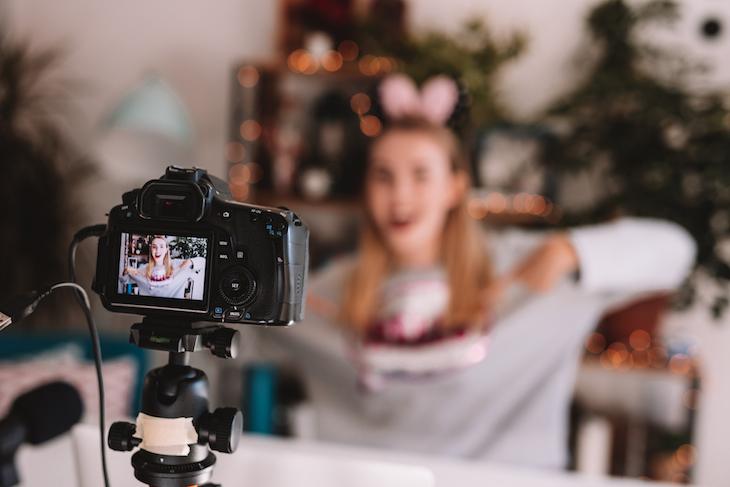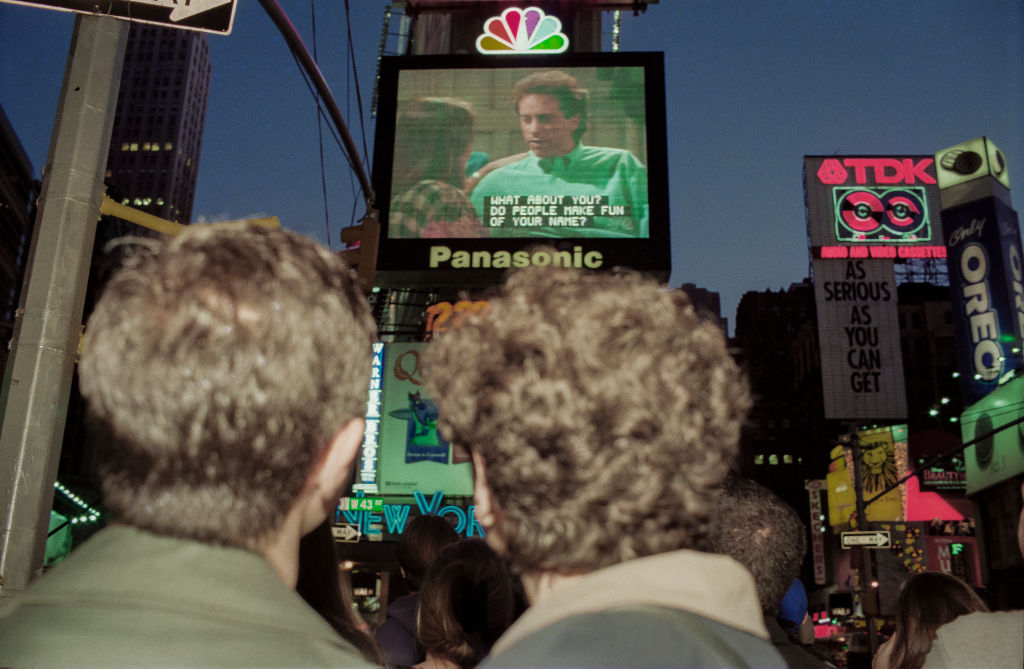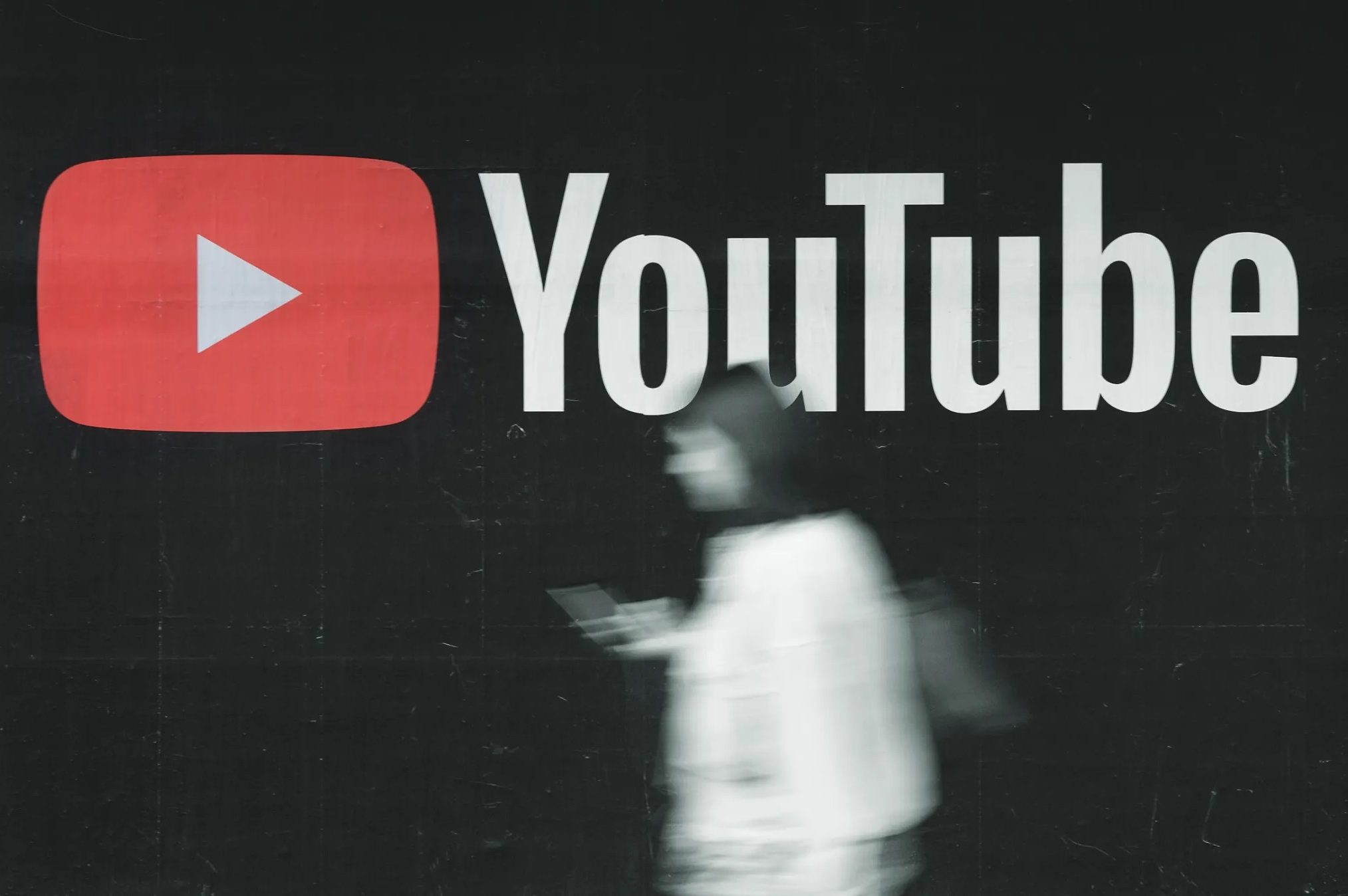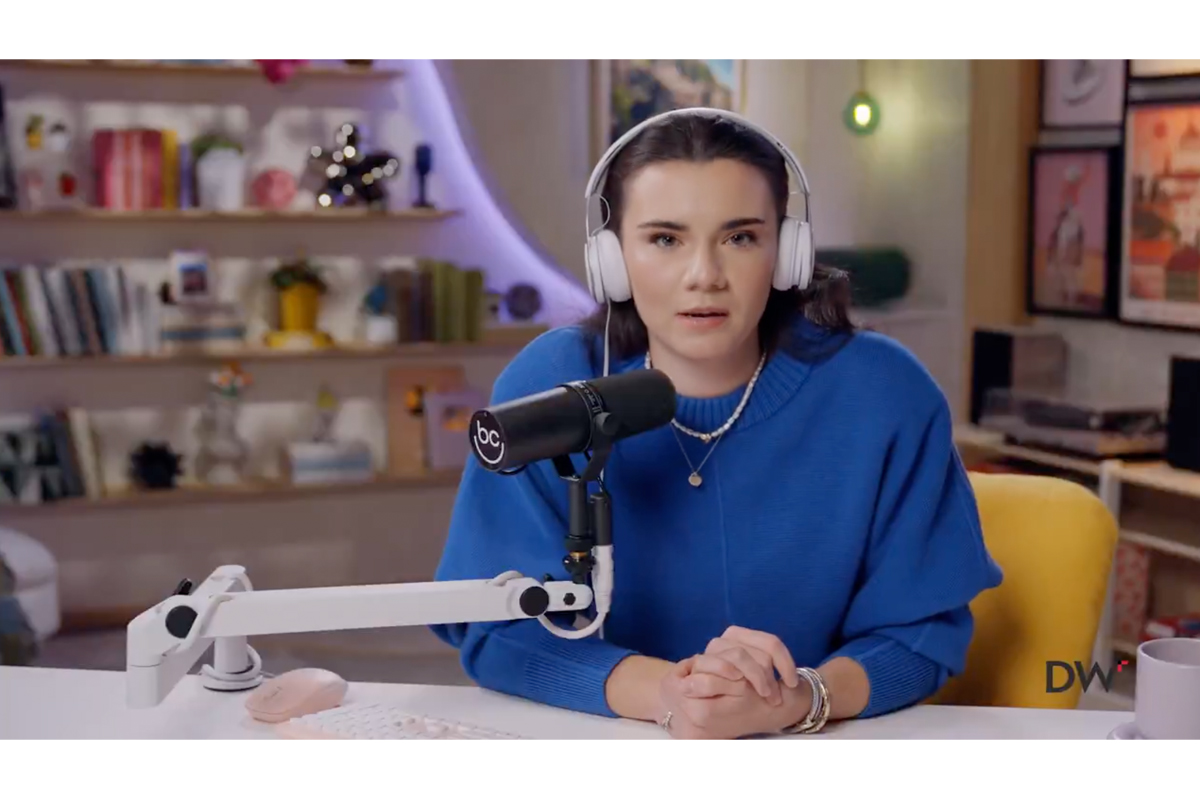My friend’s ten-year-old daughter has a new hobby. Like many of her school pals, she hopes to become a video blogger — a ‘vlogger’. She has started to record clips of herself for others to watch, share and ‘like’. She showed me a few, then gave me a list of famous vloggers to watch: JoJo Siwa, iJustine, Noodlerella, Zoella. Their names sounded so bizarre. But they are totally familiar to tweenage girls.
Like an earnest marketing executive, my friend’s daughter then explained to me that it was all a matter of numbers. If her videos are viewed 40,000 times on YouTube, she can have adverts placed on them; 100,000, and companies would start sending her products to promote. One million and she’d be a bona fide YouTube star. Her most recent video, about a doll she had been given for Christmas, had 11 views. There was still a way to go.
This seemed a peculiar phenomenon but my friend’s daughter is not alone. In fact, her dream is perfectly normal for her generation: one in three children between the ages of 11 and 16 have uploaded a video to YouTube. In a survey last year, 75 per cent of the children asked said they wanted to be YouTube stars. The research also revealed that many of the children would rather learn video-editing than history or maths.
Who can blame them? Vlogging can now be a well-paid career. Unlike the more traditional dream jobs — pop star, doctor, footballer, astronaut — it doesn’t take much effort. All it requires is a smartphone and gallons of youthful self-confidence.
There are plenty of people with that. The 27-year-old British vlogger Zoella and her boyfriend Alfie Deyes have both made millions from their respective channels. Ryan, the six-year-old American host of the YouTube channel RyanToysReview, made £8.5 million last year from reviewing toys and sweets. At the pocket-money end of the scale is Erin Rose, an eight-year-old British girl who reviews stationery on YouTube, and made £200 last year. JoJo Siwa, a hyperactive 14-year-old from Nebraska, has made more of a fortune flogging her colourful ‘JoJo bows’. They are more than ‘just a hair accessory’, she explains to her millions of viewers. They are ‘a symbol of power, confidence, believing-ness.’ They have also caused havoc in playgrounds, and a number of British schools have banned them.
Flogging overpriced tat to children is hardly a new phenomenon but the internet has made the process much easier. Now, kids sell stuff directly to other kids, from bedroom to bedroom. The videos have a curious mixture of entrepreneurial spirit, youthful narcissism, and materialism. Most are relentlessly positive and hopeful. The colours are bright and the music is catchy. Fans chat in the comments section. It is as much a social activity as a commercial one.
Popular genres on YouTube are the ‘haul video’ — where a vlogger reviews recently received items — and the ‘unboxing video’, in which products are opened and then discussed. The message, same as it ever was, is: ‘I’ve got this, and you haven’t.’ And then comes, ‘here’s where to buy it’. What the vloggers seem to have worked out is that, more than anything, the internet is just a giant sales opportunity.
Not every girl can be Zoella, so the real winners, as usual, are the tech companies, who are constantly tweaking their systems to extract the maximum revenue from their audiences while sucking up consumer data. The tech companies know parents and children are entering uncharted territory. They are keen to show they want to help protect children from the darker recesses of the internet. ‘YouTube Kids’ is an app which is meant to filter out inappropriate videos, but that is easier said than done. Algorithms haven’t yet developed the moral sense to know what is good for children. Earlier this month, the app started including David Icke conspiracy theory videos about lizards controlling the world among the cutesy dinosaur videos beloved by its young audience. This week there were new headlines when a video showing how to make a crude air rifle appeared.
Last year, Amazon launched its Parent Dashboard, to help ‘parents connect with their kids in the world outside the tablet’. It creates a digital profile of your child based on the sites they have visited, as well as ‘discussion cards’ for topics you might want to talk to them about, based on their search history. Young minds, big data. But while these protections might help shelter vulnerable children from older, paedophilic predators, there’s little they can do to protect them from bratty children — and their pushy parents — who are determined to trample their way to the top of the YouTube chart.
My friend said she was concerned about her daughter’s vlogging but that it was difficult to intervene, given that most of her year-group at school were obsessed with it. One pupil has staked out her position as the ‘arts and crafts’ girl; another is doing ‘the tech stuff’. The girls all hope they might earn millions, travel the world and become famous.
In reality, the most they’ll end up with is an embarrassing collection of videos they’ll want to delete later in life. But I suspect these vloggers offer us a glimpse of the near future. A cynical, cut-throat world in which many traditional jobs and skills are replaced by robots — and real people, young and old, are instead forced to compete with each other to sell, sell, sell. If so, these young vloggers are probably well prepared for what’s coming. My friend’s daughter was right: it’s a numbers game.

























